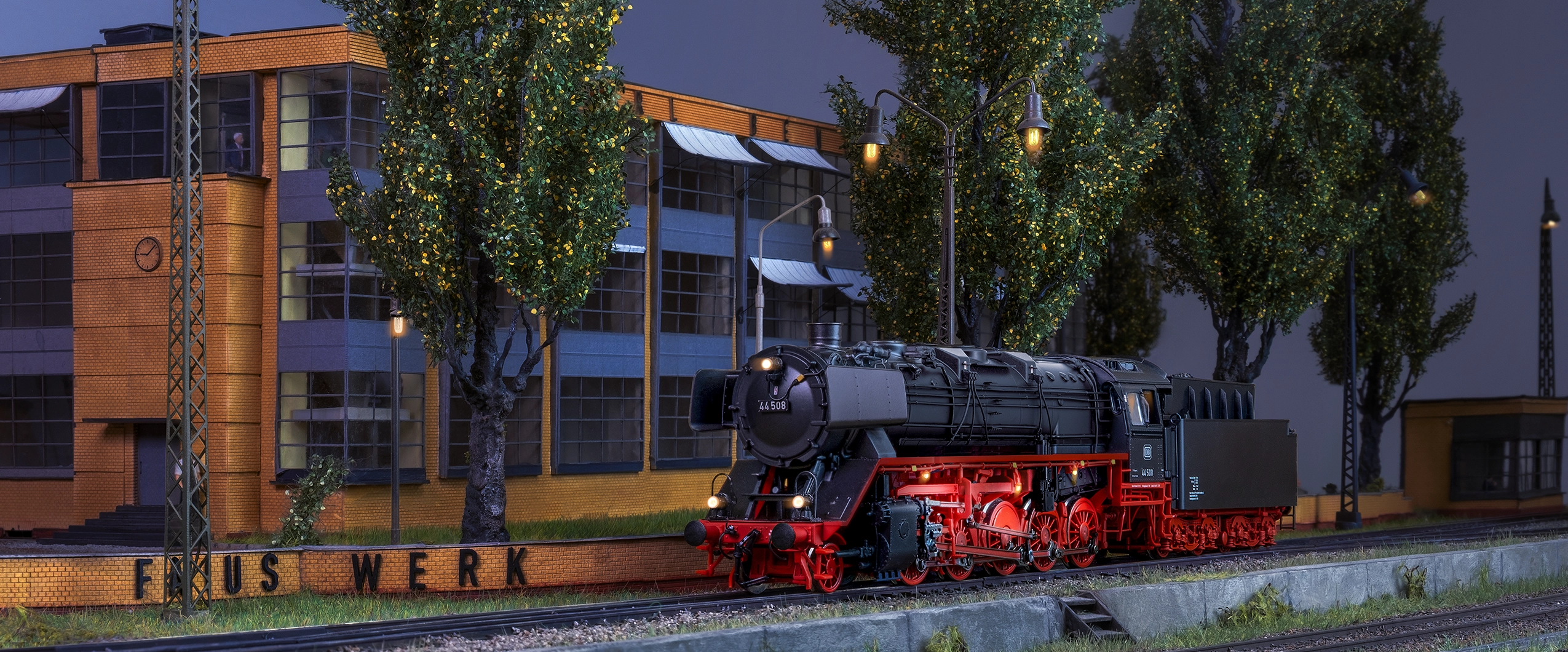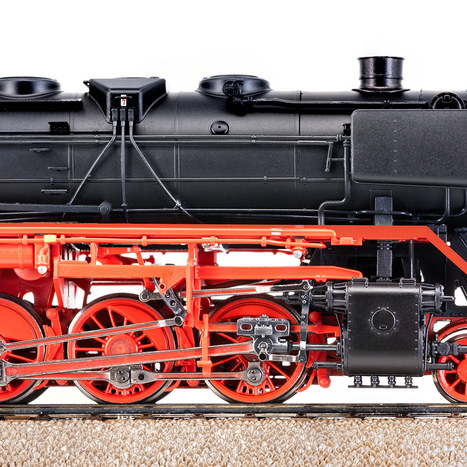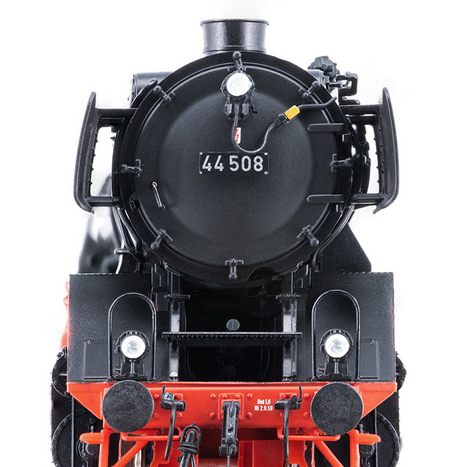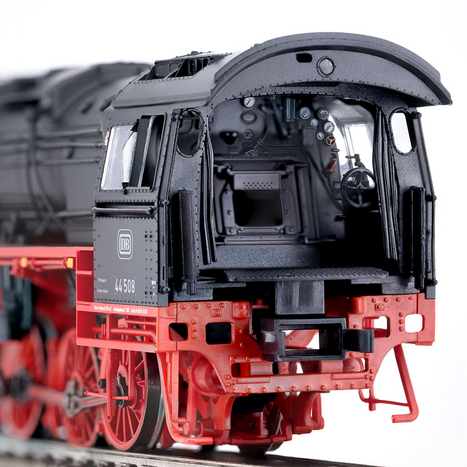
The "Jumbo" for heavy freight cars
Now available: The Steam Locomotive BR 44 in H0 - an impressive new design.
The H0 Steam Locomotive BR 44 from BRAWA is now available from specialist dealers and the BRAWA online-shop in four variants of the DRG, DB and DR. As a genuine design innovation, the model impresses with modern technology and various functions that offer an exceptional user experience. This is complemented by an extremely detailed look that gives the locomotive an impressively realistic appearance. The successful combination of technology and fine design makes the BR 44 a real highlight on any model railway layout.
- Drive in the tender
- Detailed replica of the movable internal engine, with two crank axles
- AC version with the latest generation of pick-Up
- Sound decoder, either built in or as a retrofit option
- Smoke generator can be retrofitted
- Close coupling between locomotive and tender
- Standard shaft rear with link guide
- Boiler, driver's cab and tender made of high-quality, impact-resistant plastic
- Perforated underframe and spoked wheels in die-cast zinc
- Perfectly replicated back boilerplate
- Single axle bearing
- Metal drive and coupling rods
- True to original smoke deflectors
- True to original tender
The Digital EXTRA version also comes with illuminated driver's cab, fire flickering (depending on model) and engine lighting.
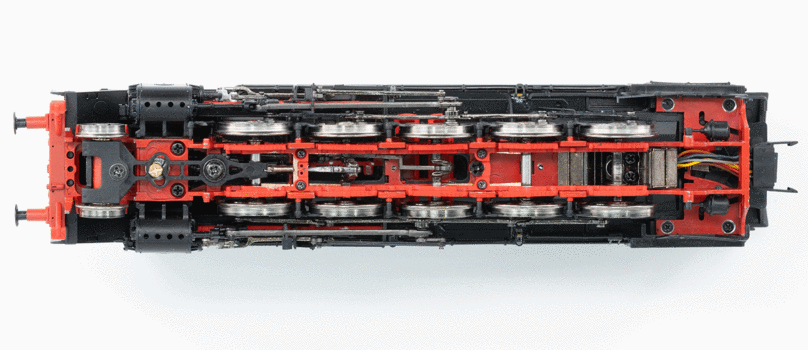

Freight Locomotive BR 44 DRG
Era II, Road no.: 44 097; Rbd Wuppertal; Bw Altenhundem
Freight Locomotive BR 44 DB
Era III, Road no.: 44 508 BD Wuppertal; Bw Hagen-Vorhalle
Freight Locomotive BR 043 DB
Era IV, Road no.: 043 666-7 BD Hannover; Bw Rheine
Freight Locomotive BR 44 DR
Era III, Road no.: 44 536 Rdb Erfurt; Bw Eisenach
Discover the versions of the BR 44 DR freight locomotive with oil tender (item no. 70112–70118): Learn more!
Info about the original
The Deutsche Reichsbahn Gesellschaft’s (DRG) procurement process for standardised freight locomotives mirrored its earlier evaluations of the 01 and 02 series. According to the specification, the new locomotive had to be capable of hauling goods trains weighing up to 1,200 metric tons over low mountain ranges, with an axle pressure of 20 tons.
The maximum speed was set at 70 km/h for the pre-series locomotives. In 1926, to determine the most economical design, orders were placed with various locomotive manufacturers for the construction of 10 locomotives each of the 43 (two-cylinder engine) and 44 (three-cylinder engine) series. In addition to allocating the locomotives to other railway depots, a direct comparison was made between the 43 and 44 at the Pressig-Rothenkirchen depot. The respective merits and shortcomings of both series were determined via tests on the Franconian Forest Railway. The comparison of the two series did not initially favour the more powerful 44 series – the increased economy offered by the two-cylinder type 43 locomotive won the day. However, as Germany emerged from the shadow of the Great Depression in the mid-1930s, calls for more powerful freight locomotives grew louder. The experience gained ten years earlier with the type 44 was still fresh in the memory. The type 44 013-065 locomotives were consequently developed as an intermediate series – in part based on the experience gained in steam engine construction since 1925. In 1938 (from 44 066), full series production finally began. By 1949, a total of 1989 type 44 locomotives had been built at various locomotive factories in Germany and abroad. The new models lived up to all expectations and henceforth became the backbone of the goods train fleet.
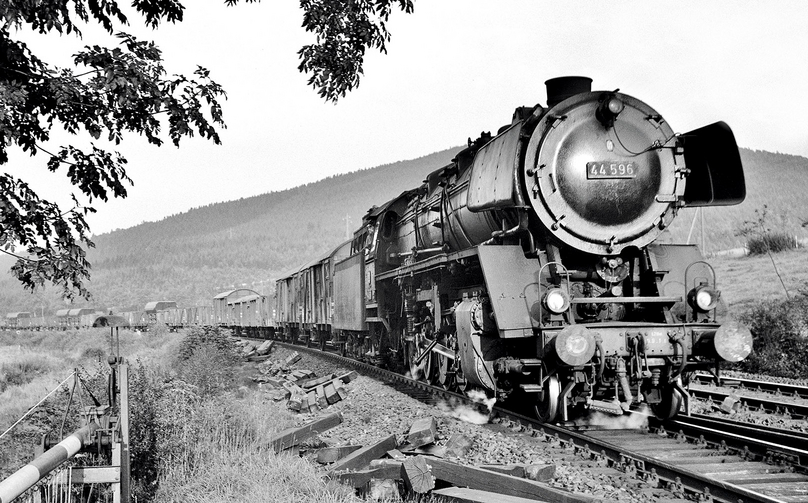
Subject to modifications in design and shape. Colour deviations are possible.
